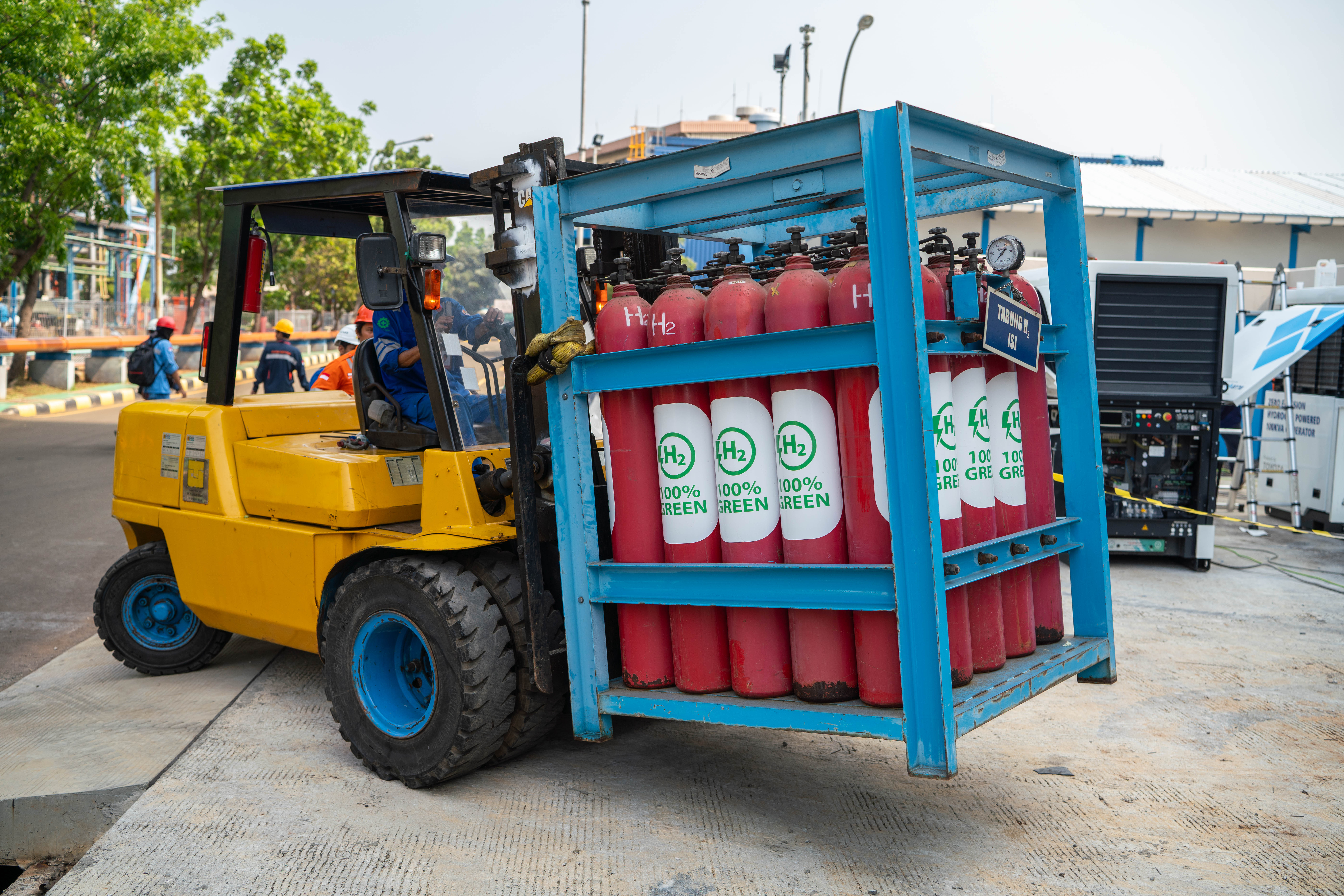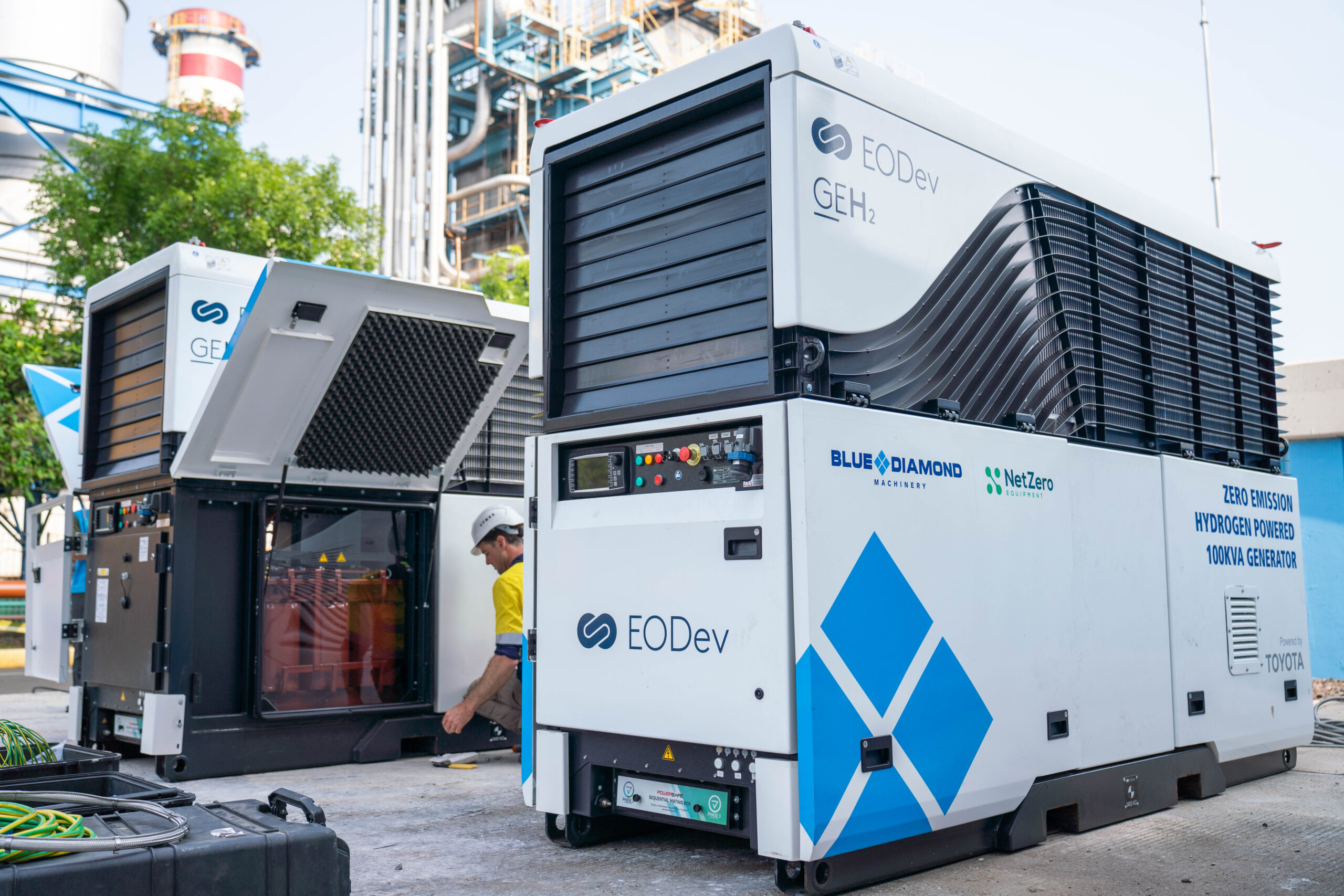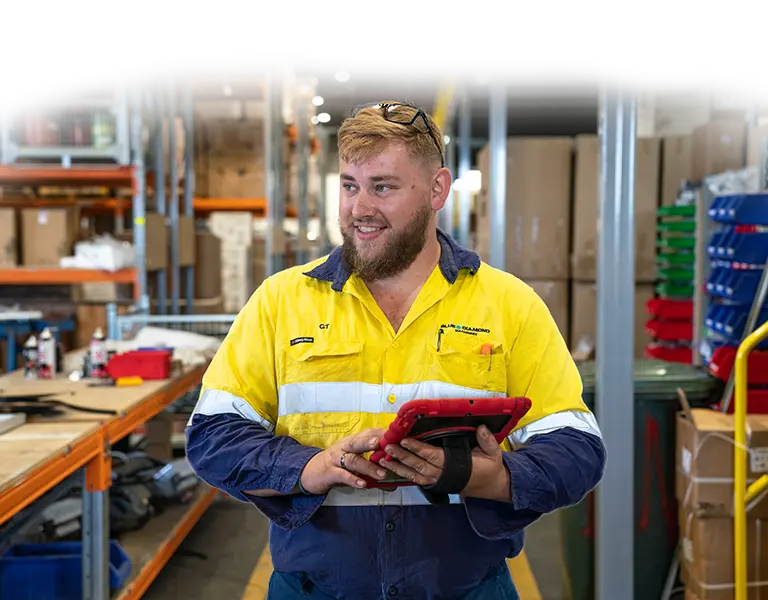So how does hydrogen stack up against biodiesel for cost-effective decarbonisation?
Let’s take a look.
Author:
Published:
So how does hydrogen stack up against biodiesel for cost-effective decarbonisation?
Let’s take a look.
Biodiesel is a fuel typically made with a combination of biofuels like vegetable oils, animal fats or recycled cooking grease and fossil fuel.
While it is considered renewable, it does have the highest environmental footprint compared to other alternative fuels like hydrogen. In comparison to pure diesel combustion, NOx emissions from biodiesel fuel are higher due to higher combustion temperatures, cetane numbers and oxygen content.
Biodiesel blends also attract a hefty price tag, with some fetching up to $7 a litre. Not to mention, the generators consuming biofuels are often still running inefficiently, albeit at a much higher cost.
Underloaded generators burning through countless amounts of fuel will seriously impact project emissions and may result in over expenditure in fuel budgets. Not to mention it seriously harms the longevity of the genset.

The opportunity to use hydrogen to displace diesel in the construction industry is gaining serious momentum in Australia. In fact, the price of hydrogen is now comparable to diesel in some areas of Australia and most definitely cheaper and cleaner than biodiesel.
In fact, on recent projects in NSW and VIC using the GEH2 Hydrogen generator, we have seen real data to show that hydrogen fuel cell technology is cheaper than biodiesel for power generation.
Hydrogen is also an effective and efficient fuel source that significantly reduces CO2 emissions on construction projects and eliminates noise pollution and NOx.
The EODev GEH2 Hydrogen Fuel Cell Generator for example, delivers what we call ‘energy on demand’. It only consumes the amount of hydrogen needed to service the power requirement. There’s no wastage and no emissions.

The first of its kind, the GEH2 uses hydrogen with a fuel cell and lithium-ion phosphate battery to produce power. Hydrogen and oxygen interact with one another across the fuel cell to convert chemical energy into electricity.
The fuel cell outputs zero emissions, meaning completely clean, consistent power for almost any application that would otherwise rely on a 100kVA diesel generator. It’ll comfortably power up construction sites, both on and off the grid.
‘Grey’ hydrogen is the most common form of hydrogen and is readily available, pricing roughly $56/kg delivered in metro areas.
Hydrogen fuel is stored in ‘man packs’, which are steel cages and have a footprint roughly the size of a pallet and weigh 1200kg. Each man pack contains approximately 9kg of hydrogen.
The GEH2 consumes 1kg of hydrogen for every 20kW load step per hour (20kW = 1kg/h, 40kW = 2kg/h etc).
We expect as technology advances and the adoption of hydrogen as a fuel source increases, so will the infrastructure to store and transport it across all areas of Australia.
Blue Diamond Machinery has been powering the industries that power Australia’s economy for over a decade. Now, we’re helping them transition to an emission-free future.
Whatever stage your business is at, we have the know-how and expertise to recommend the right solution.
For advice on taking the first steps to reduce your onsite emissions without compromising productivity or efficiency, get in touch with the team today.
To find out more about hydrogen and all things clean energy, come visit the Blue Diamond Machinery team at the Connecting Green Hydrogen APAC 2024 event in Melbourne. Running from 9-11 July, the event is the largest green hydrogen exhibition and conference in Australia and the Asia-Pacific.

